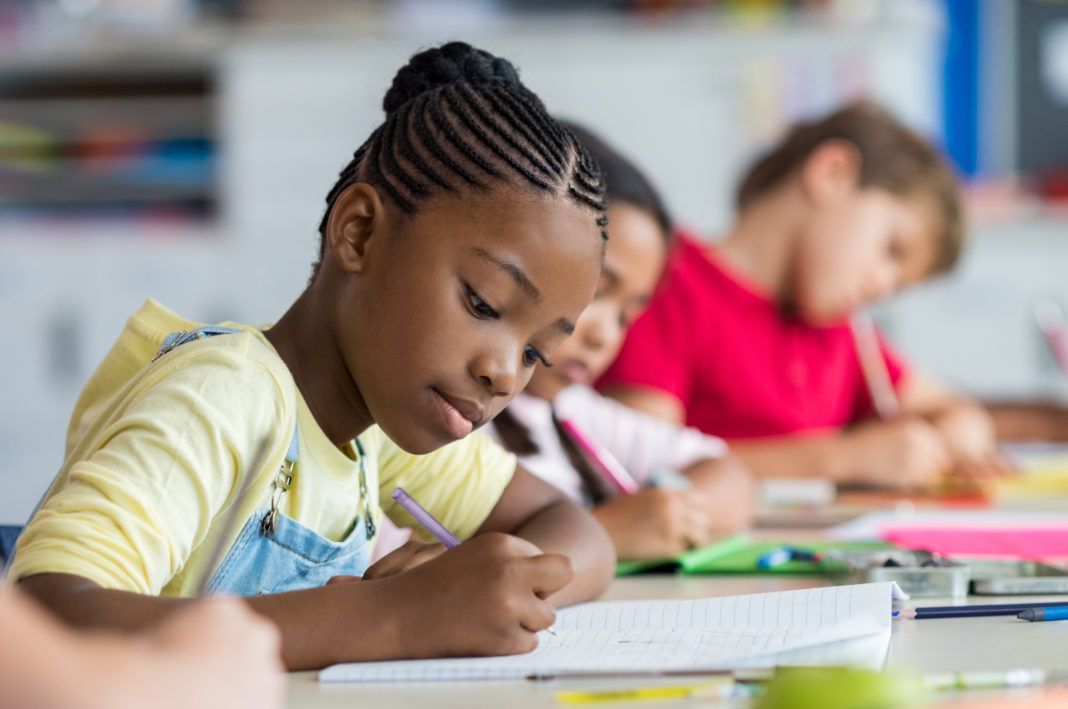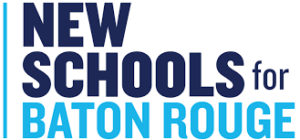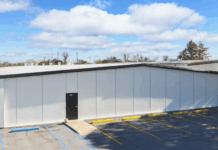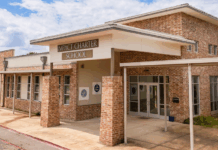In April 2020, the CARES Act designated $287 million in federal aid to Louisiana public schools, and East Baton Rouge Parish schools received $18 million of that total. But how is that influx of much-needed resources being utilized in our schools? The short answer: It isn’t. More than half of these funds allocated statewide remain unspent. When asked why, the head of the Louisiana Association of School Superintendents gave an eye-opening response: “The wheels of a big system sometimes move slowly.”
The reality is that our kids do not have the luxury of time when it comes to learning loss—and families certainly didn’t receive a long runway to get their wheels spinning when schools closed overnight. Remember last March, when the most privileged and well-protected of us were suddenly juggling endless zoom calls for work and ordering takeout from our favorite restaurant to help it remain open? Our dining tables served the dual purpose of office desk and classroom, and we became not only working parents but also full-time teachers—or at least gave our best impression.
It’s important to keep in mind that despite these difficult circumstances, in the earliest months of the pandemic this was the ideal situation to be in. Many families in our community didn’t—and still don’t, despite the $18 million in aid—have access to devices or the internet. If the wheels of a big system move slowly in dire circumstances, when we most need them to move quickly, then maybe a big system isn’t in our community’s best interest.
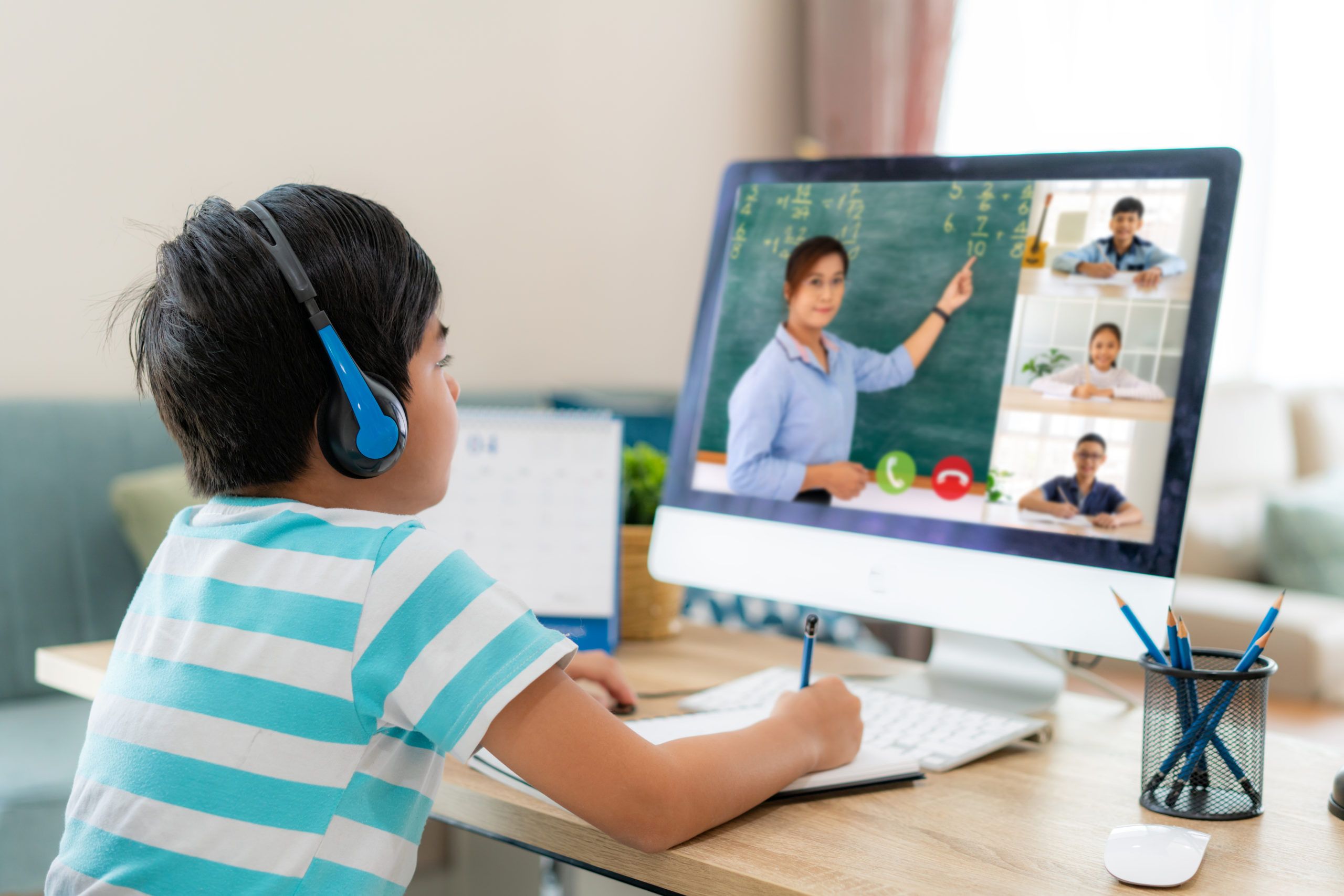
Charter schools are public schools governed by nonprofit boards apart from the school district, giving them more freedom than traditional public schools. In the weeks following the first COVID lockdowns, public charter schools, private and parochial schools, and other school choice options successfully deployed functional remote learning programs within a couple of weeks—in some cases, within days. Meanwhile, students in East Baton Rouge Public Schools went seven weeks without any kind of instruction as the district tried to figure out how to operationalize a program for the entire school system.
“If our traditional public schools are failing to adequately educate kids in normal circumstances—15,000 students in our community remain enrolled in D- or F-rated public schools—are we at all surprised by their inability to respond to the curve balls thrown by the Pandemic?”
NEW SCHOOLS FOR BATON ROUGE
This year has been immensely challenging for all educators, and their work has been nothing short of heroic. But even heroes need help and the limitations of large systems are doing no favors. Traditionally, public school districts have been governed by large, seemingly immovable bureaucracies.
As a community, we are beginning to see the shortcomings of these large bureaucratic systems reflected in choices parents are making. Enrollment in non-magnet, district-run schools is down more than 15% over the last decade, while charter schools have seen a commensurate jump.
Public charter schools do not participate in selective enrollment practices, meaning they are open to all students and often utilize a lottery system if applications outnumber seat availability. Nearly a quarter of all public school students in Baton Rouge now attend a public charter school—up more than two and a half times over the last decade.
The data suggests that more and more, families are trusting schools that aren’t beholden to a large, slow-moving system to meet their needs. And this makes sense, especially as the Pandemic continues to broadcast the stark difference in approach and outcomes that arise when adaptability becomes the name of the game, and flexibility is valued over preserving the status quo.
If our traditional public schools are failing to adequately educate kids in normal circumstances—15,000 students in our community remain enrolled in D- or F-rated public schools—are we at all surprised by their inability to respond to the curve balls thrown by the Pandemic?
While COVID changed almost everything, some disappointing things have stayed the same, particularly the challenges large school systems face when responding to the needs of their most disadvantaged students. School shutdowns had a profound impact on the learning of all students. Nationally, data suggest that students have lost a third of a year’s worth of learning on average, with outcomes even worse for students of color.
Concrete data on how students are performing against grade level standards remains hard to come by due to the cancellation of annual exams, but we have plenty of evidence to evaluate how schools are performing when we contemplate enrollment trends. What we see is that the freer a school is from the clutches of a slow-moving bureaucracy, the easier it is to make the necessary pivots to serve children more effectively in a nimble and timely manner.

In this year of turmoil, parents have taken on more responsibility than ever before when it comes to their children’s education. And in this new world, increasing numbers of parents are seeking out their full menu of options, evaluating them, and opting for schools that have demonstrated a students-over-system approach throughout the Pandemic. More often than not, these are schools with the power of autonomy and adaptable programming, not large systems slow to change and built to respond in a one-size-fits-all fashion.
This flexible mindset will become even more important when the Pandemic eventually ends and students return to classrooms. School leaders will need to be innovative to serve children who have fallen behind in a variety of subjects. Flexibility in staffing, classroom time, and the makeup of the school year will all need to be considered, and ultimately what’s best for students must come first. In this new environment, what parents and students need is a system of innovative and adaptable schools, not a school system that can’t get its wheels turning.
We are on the brink of receiving more than $1 billion dollars in additional federal aid. My hope is that instead of sitting unused, these funds are invested in pursuing a transformative approach that has the flexibility to meet the needs of all students and families in Baton Rouge.
 GET DAILY REPORT FREE
GET DAILY REPORT FREE


